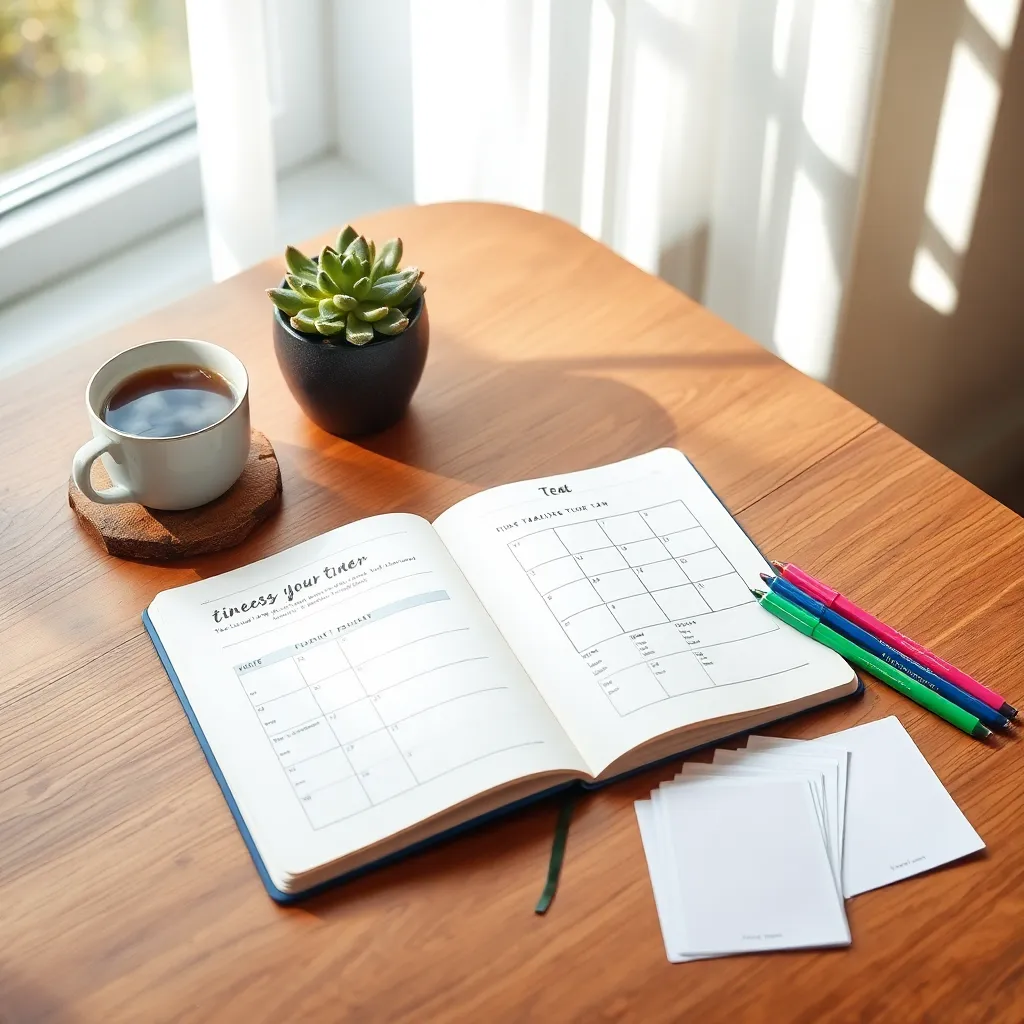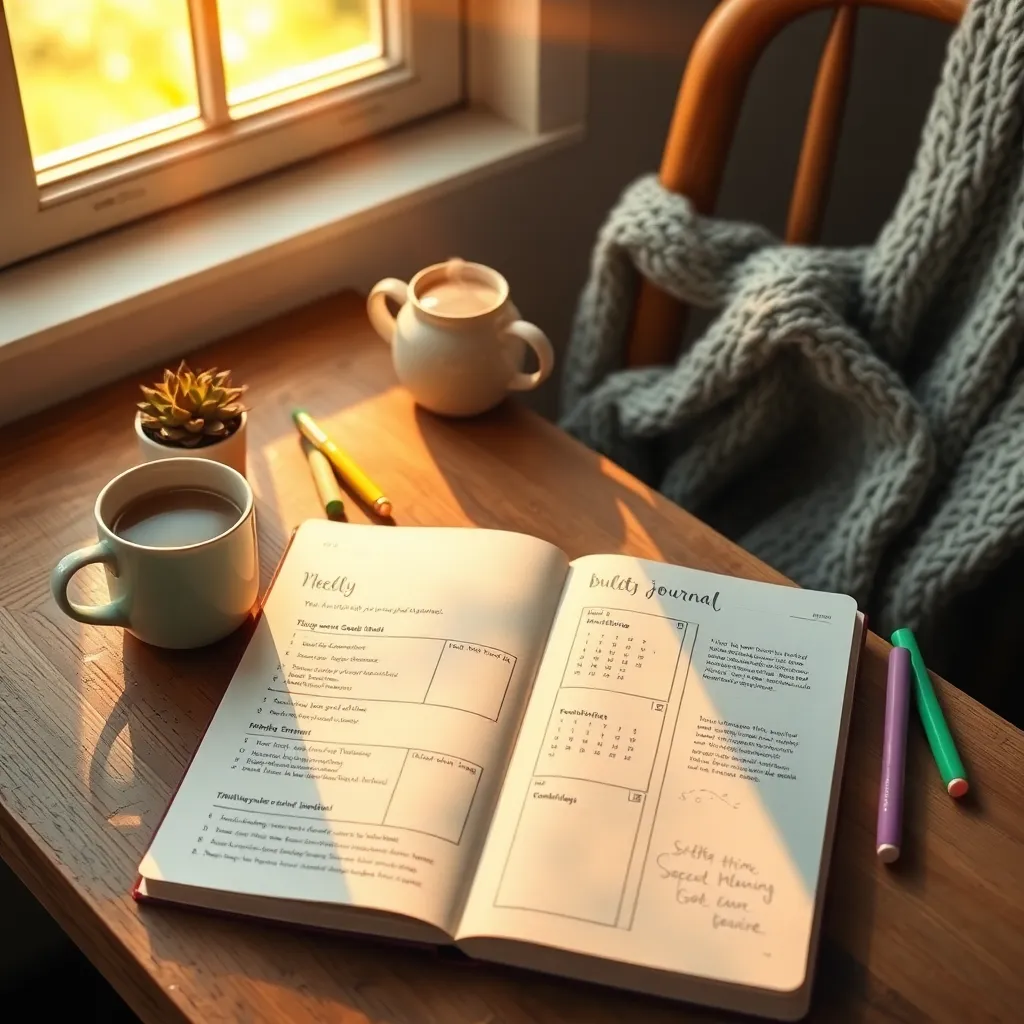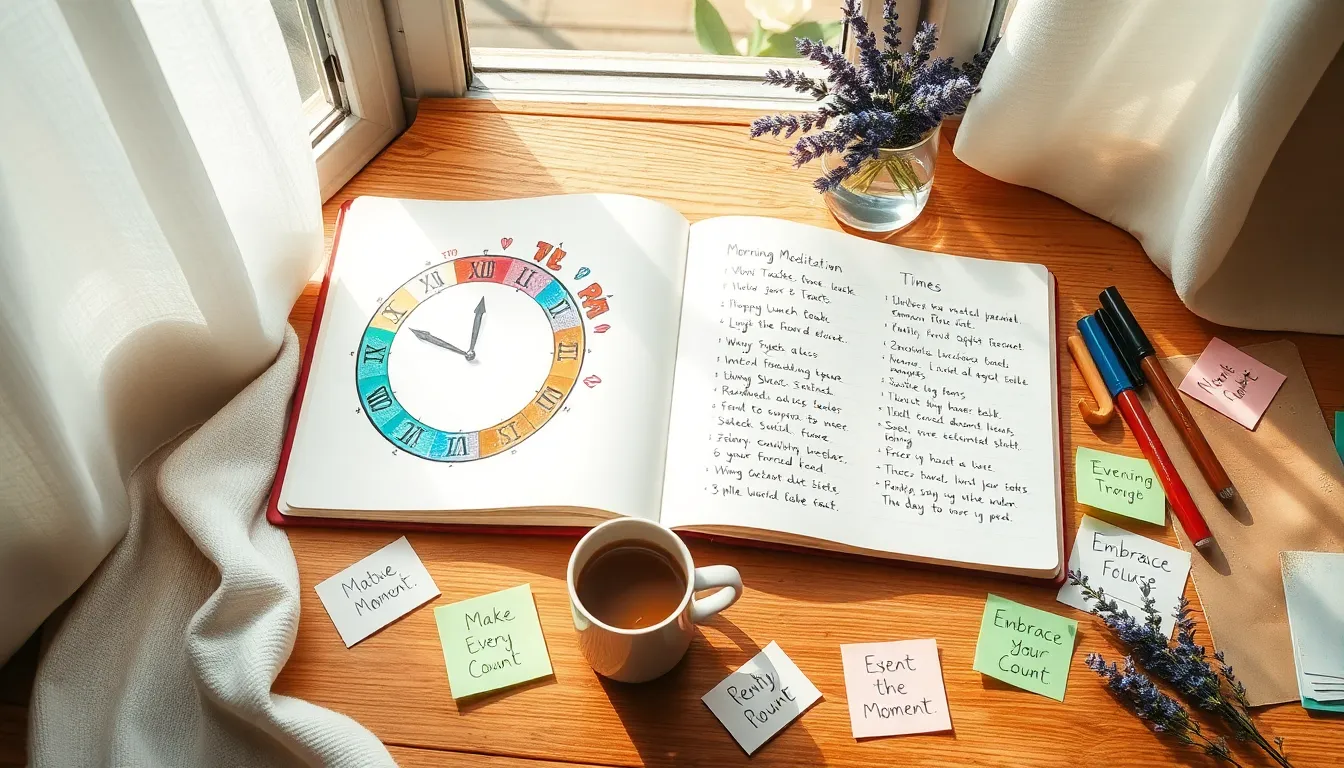In our fast-paced world, time often feels elusive, slipping through our fingers before we even notice. Tracking your time is essential for reclaiming control, enhancing productivity, and nurturing your well-being.
By understanding how you spend your minutes, you’ll uncover hidden opportunities for growth and relaxation. Dive in, and discover the art of making every moment meaningful and fulfilling.
Identify Your Daily Activities

Start by listing your daily activities. Reflect on what consumes your time and categorize tasks into work, leisure, and self-care. This awareness helps in understanding your routines better.
Use prompts to dive deeper:
- What are my top three priorities today?
- Which activity energizes me the most?
These questions guide you in aligning your time with your values and improving your daily well-being.
Select a Tracking Method

Choose a tracking method that aligns with your lifestyle. Digital apps like Toggl or Forest are great for tech-savvy individuals, while a simple bullet journal can offer a more tactile experience.
Begin with small, actionable steps. Try prompts like:
- “What task took the most time today?”
- “How did I feel during each activity?”
Reflecting on these can help you optimize your time with ease.
Record Time Spent Daily

Track your time daily by jotting down activities in your journal. This helps you understand where your hours go and identify any patterns. Use a simple morning and evening reflection to capture what you plan to do and what you accomplished.
Try prompts like:
- “What did I spend most of my time on today?”
- “How did I feel during these activities?”
These encourage awareness and can guide more intentional time management.
Review Weekly Time Logs

Take a few minutes each week to review your time logs. Reflect on how you spent your time and identify patterns. This helps you understand where your energy goes and what adjustments can improve your wellbeing.
Use prompts like:
- “What activities energized me?”
- “Where can I make more time for self-care?”
These reflections can guide you to make small changes for more balanced weeks ahead.
Adjust and Optimize Routine

Identify areas to optimize by noting tasks that consume unexpected time. Use a journal to brainstorm solutions for efficiency.
Reflect on your ideal routine. Ask:
- What can I adjust for more balance?
- How can I better align time with priorities?
Conclusion: Creating Beautiful Outdoor Spaces
In mastering the art of time tracking, we uncover five essential relationship concepts: prioritizing quality time, recognizing time-wasting habits, setting shared goals, effectively communicating schedules, and embracing flexibility. By prioritizing quality time, we ensure that our relationships are nourished with the attention they deserve. Recognizing time-wasting habits allows us to reclaim precious moments and refocus our energy on what truly matters. Setting shared goals creates a united path forward, aligning partners in their journey together. Effective communication of schedules fosters understanding and reduces conflict, while embracing flexibility allows us to adapt to life’s inevitable changes.
As an actionable next step, choose one concept to implement today—perhaps a dedicated “no-device dinner” or a shared calendar review with your partner. This small step can lead to profound changes in your relationship dynamics.
For future reference and continued growth, be sure to bookmark this article. It’s a resource you’ll want to revisit as you navigate the complexities of time and relationships. Remember, the path to relationship success is a journey, not a destination. By committing to these strategies, you’re taking bold steps toward a more harmonious and fulfilling partnership, creating a future where love and time coexist beautifully.

